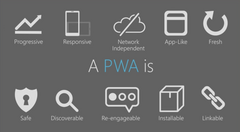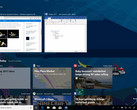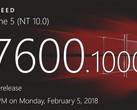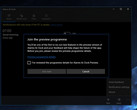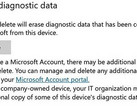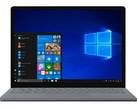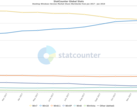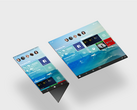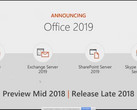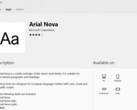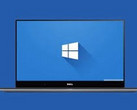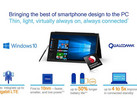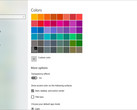The upcoming version of Windows 10 codenamed 'Redstone 4' will feature native support for Progressive Web Apps (PWAs). PWAs are essentially webpages with app-like functionality that can run natively on the client and tap into OS-specific APIs. PWAs differ from conventional apps in that they can be hosted on the same server as the webpage. Their functionality can be updated directly on the server without having to seed updates to the client and they support Service Workers, which are web standards that can implement native-app functionality such as installability, push notifications, support for certain offline modes etc.
Windows 10's web functionality is powered by EdgeHTML, which is a key component of the Universal Windows Platform (UWP). EdgeHTML 17, slated to debut in 'Redstone 4' will feature support for all PWA functionality. The tight integration of EdgeHTML in Windows 10 allows the user to find, install, and execute PWAs just like regular Store apps without having to open the browser — in other words, the user won't be aware of the fact that the app being run is a PWA. On other platforms, PWAs open a browser process and generally run within the process.
In 'Redstone 4', PWAs will be listed on the Microsoft Store alongside regular UWP apps. The availability in the Store enables PWAs to take advantage of UWP API functionality such as notifications, Cortana, live tiles, and more. They can also scale across Xbox, Windows Mixed Reality, and 'non-PC form factors' (Surface Phone, is that you?). Developers can also benefit from Store analytics for their PWA app. All they need to do is generate an AppX containing the PWA code using the free PWA Builder tool. Once listed on the Store, the Bing crawler will automatically index the app.
Microsoft notes that PWAs are not a replacement for UWP and developers can continue to take advantage of both approaches depending on their targets. For example, a developer wishing to target multiple platforms with little to no UI or code changes and with almost all features completely online would benefit from the ease of creating a PWA from a webpage. On the other hand, a developer who prefers to create something from the ground up and plans to take full platform advantage at the hardware level would take the standard UWP route.
PWAs were first defined by Google Chrome engineer Alex Russel in 2015. Since then PWAs look to be the future of app development given that most apps generally used on phones and tablets are just adaptations of websites that provide the same functionality. Microsoft and Google are heavy proponents of this philosophy and Apple is also expected to follow suit. It can potentially result in cost savings for organizations and also relieve developers of the headache to code the same functionality in different languages for different platforms. From Microsoft's perspective, PWAs might finally be the solution to the Microsoft Store's app gap problem.


 Deutsch
Deutsch English
English Español
Español Français
Français Italiano
Italiano Nederlands
Nederlands Polski
Polski Português
Português Русский
Русский Türkçe
Türkçe Svenska
Svenska Chinese
Chinese Magyar
Magyar